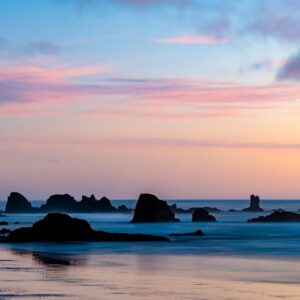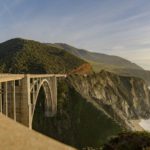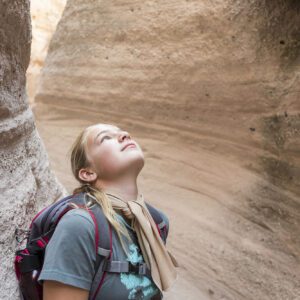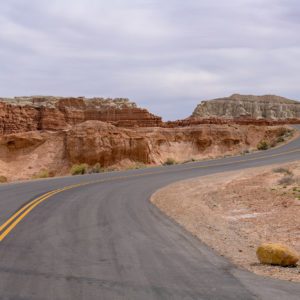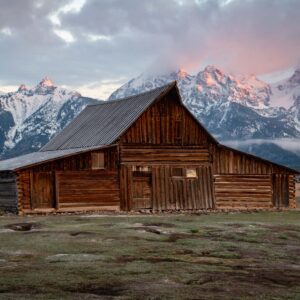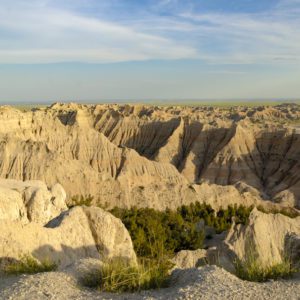Roaming Coastal Maine: Lobster, Lighthouses and Acadia National Park
Locations Visited:
| • Acadia National Park • Cape Neddick Light • Pemaquid Point Light • Portland Head Light | • Sand Beach • Spring Point Ledge Light • Town Beach • West Quoddy Head Light |
Shoulder season National Park visits can be a fruitful travel hack, if you don’t mind a little risk. I gambled on a mid-March weekend to make my first trip to Acadia National Park, following up on last spring’s Maine lighthouse tour. What follows is an itinerary pieced together from both trips, giving you a flavor for much of what Maine’s coastline offers in warmer weather.
Much of the region was still in hibernation thanks to a long New England winter, I still managed to see a lot of Maine and feel like I had these locations mostly to myself. However, make no mistake. My mid-March Acadia visit was hampered by closed roads and sub-freezing temperatures. Throughout the weekend, I wondered if I’d wasted time by showing up about a month too early.
Offseason in New England isn’t advisable if you’re not prepared for bitter weather, but if you layer up and make the most of abbreviated daylight, you might enjoy the otherwise unavailable solitude you could never attain at the height of a five-month tourist season.

Docks on Commercial Street in Downtown Portland, Maine on June 28, 2020. Photo by Peter Stringer
Despite being New England’s largest state by a considerable measure, covering nearly half of the region’s footprint by itself, Maine is mostly known for the wonders of a relatively small piece of its geography – its saw-toothed, erratic rocky coastline. Nearly all of the Maine’s population is concentrated along the state’s southern-most coastline for good reason, which is primarily postcard-quality scenery and access to the Atlantic Ocean, which powers most of Maine’s non-tourism industry.
Maine’s “Vacationland” moniker is marketing friendly but it’s not an exaggeration. Maine’s outdoor attractions, from hunting to winter sports, are among the magnets that drew 37 million visitors to the state in 2017. The easiest way to access Maine is from Boston, where you’ll have many more flight options at your disposal than trying to fly into either Portland or Bangor. However, you’ll spend two hours on the road to get there from Boston’s Logan Airport, trekking northeast up Interstate 95.
Legendary Lighthouses Line the Maine Coast
You’ll soon discover that distances on a map in Maine aren’t quite as close as they appear; along the irregular shoreline, you’ll be traversing islands and peninsulas. Straight lines aren’t exactly an option. Weaving in and out of the teeth of Maine’s coast will chew up driving time and daylight. Centuries ago, the sailing wasn’t much smoother for travelers. This unpredictable coast necessitated the development of a system of lighthouses between York and Lubec to keep Atlantic Ocean sailors from being run ashore.
Of Maine’s 65-71 lighthouses (it depends on who you ask), perhaps the most iconic is Portland Head Light, which sits just south of Portland on Cape Elizabeth. Constructed in 1791, Portland Head Light is older than the state of Maine itself, which was established in March of 1820.
If you want to see first light ahead of anyone else, you can wake up with the early birds and catch sunrise at West Quoddy Head Lighthouse in Lubec, the eastern most point in the United States. Lubec is over four hours Northeast of Portland, so you’ll be in for a healthy drive to see it. Be sure to gas up and plan ahead before making that trip, as Lubec is a very small, remote town with limited services.

Nubble Lighthouse in York, Maine on May 24, 2020. Photo by Peter Stringer
If you’d prefer to stay a little closer to civilization, York’s Cape Neddick Light (also known as the “Nubble Lighthouse”) is also a favorite of tourists, as it sits on an island just 40 yards from Sohier Park. Or if you fancy scrambling over a long rock bridge, take the hike out to Spring Point Ledge Lighthouse in South Portland. Pemaquid Point Light in Bristol, Maine is another popular tourist destination.
Acadia National Park: Dark skies and a big sunrise
Dark skies are hard to find in the northeast United States until you get deep into Maine, where Acadia National Park plays host to several Milky Way hotspots. Photographers and stargazers make the pilgrimage to Maine when Milky Way season starts in late February through the end of the summer.
The start of Milky Way season was the main motivating factor for making this shoulder season trip to Acadia, as I hoped to catch Maine’s starry skies and miss the summer season’s overwhelming crowds. I spent much of Saturday morning wandering the region with PhotoPills and Google Maps, staking out potential Milky Way locations. I found random coves, boat landings, hidden marshes around the area, but ultimately decided upon trying to shoot at locations in Acadia National Park close to my Bar Harbor hotel to cut down on late-night driving.
Late Saturday afternoon, with an early sunset on the way, I found a lone tree between Monument Cove and Boulder Beach just off Park Loop Road. I decided to use the tree as my foreground for a coastal shot. The early stages of sunset initially underwhelmed, with dulled soft hues. Just as I started to pack up and leave, suddenly cotton candy colors arrived, rewarding my patience with a fine backdrop. Being in the right place at the right time is often the key to great photography, and in this particular case, waiting around paid dividends.
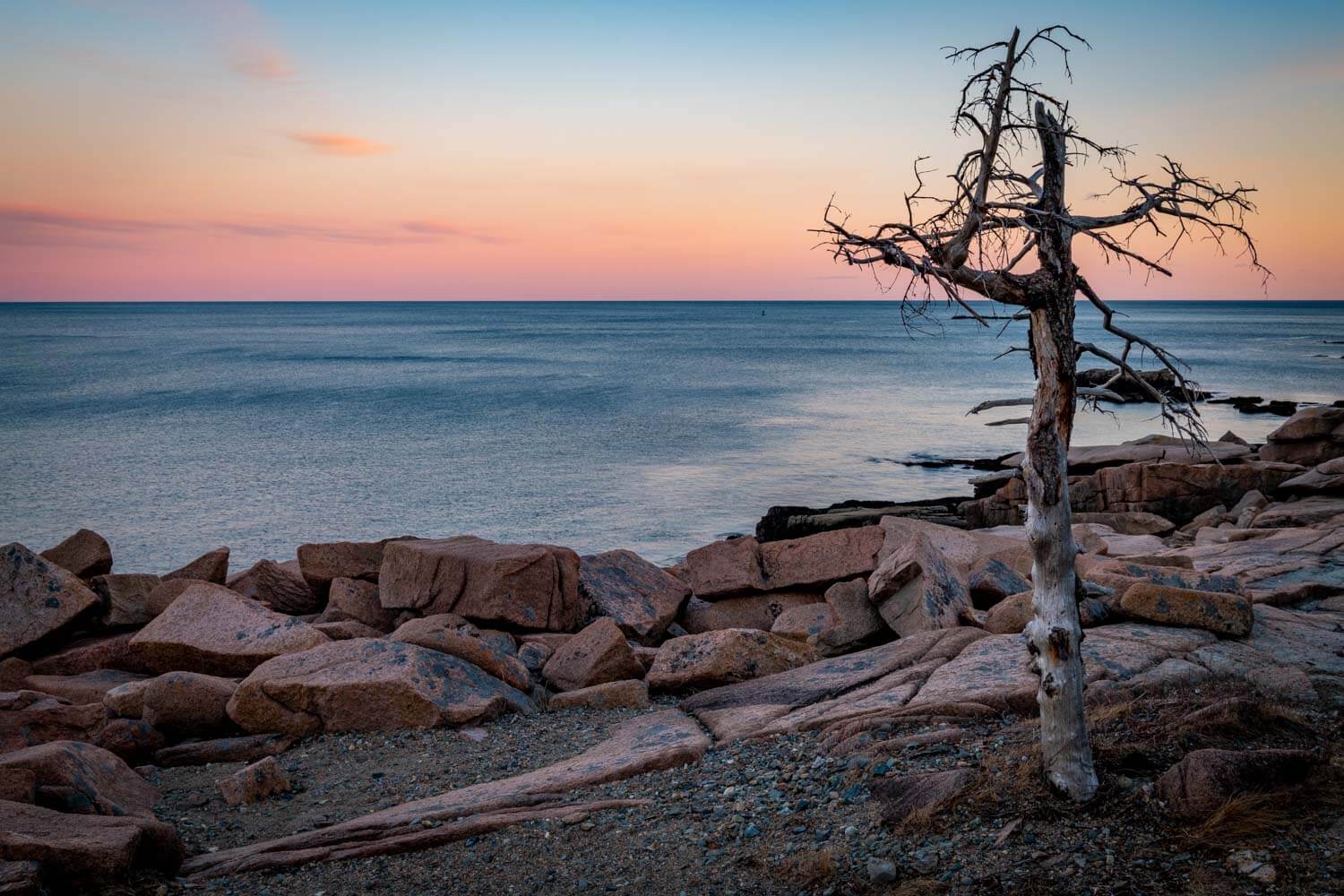
Lone tree after sunset at Acadia National Park in Maine on March 13, 2021. Photo by Peter Stringer
Buy a framed copy of this photo in the Amazing America Shop
I also made note of the location, figuring I may want to use that tree as a foreground subject for starry skies later on. Hours after a lobster scampy dinner at Geddy’s in Bar Harbor and a nap at my hotel, my luck and patience with the night sky didn’t deliver the same results. Despite a mostly-clear afternoon in the park, by early AM, dense clouds had rolled in on Mt. Desert Island, ruining potential Milky Way shots at both Sand Beach and Boulder Beach.
The only upside? Galactic core primetime was between 3:30-5:30am, so despite striking out on a great astrophotography shot, sunrise was only an hour away. I decided to stay up and roll the dice on a glorious sunrise. I returned to Sand Beach for the third time in less than 24 hours to capture first light around 6:26am.
Cloud cover at sunrise can either be your best friend or worst enemy, depending on how the sun’s light is either refracted (or overwhelmed entirely). While there was a sliver of pink light emerging just above the horizon line in the distance on the Atlantic Ocean, I wasn’t getting the electric skyline I’d anticipated. After a handful of long exposures on the beach, I decided it was unlikely conditions would change. It certainly wasn’t getting any warmer, either!
Frustrated, cold and tired I packed up and drove back toward Bar Harbor. However, minutes later, as I drove north up Main Street toward my hotel, things changed. As I crested the hill rolling into downtown, suddenly the Eastern sky was pulsing with color. I called an audible, drove past my hotel and followed the light to Town Beach on the edge of Bar Harbor. As I pulled up, the sun was climbing over a cloud, transforming the light by the second.
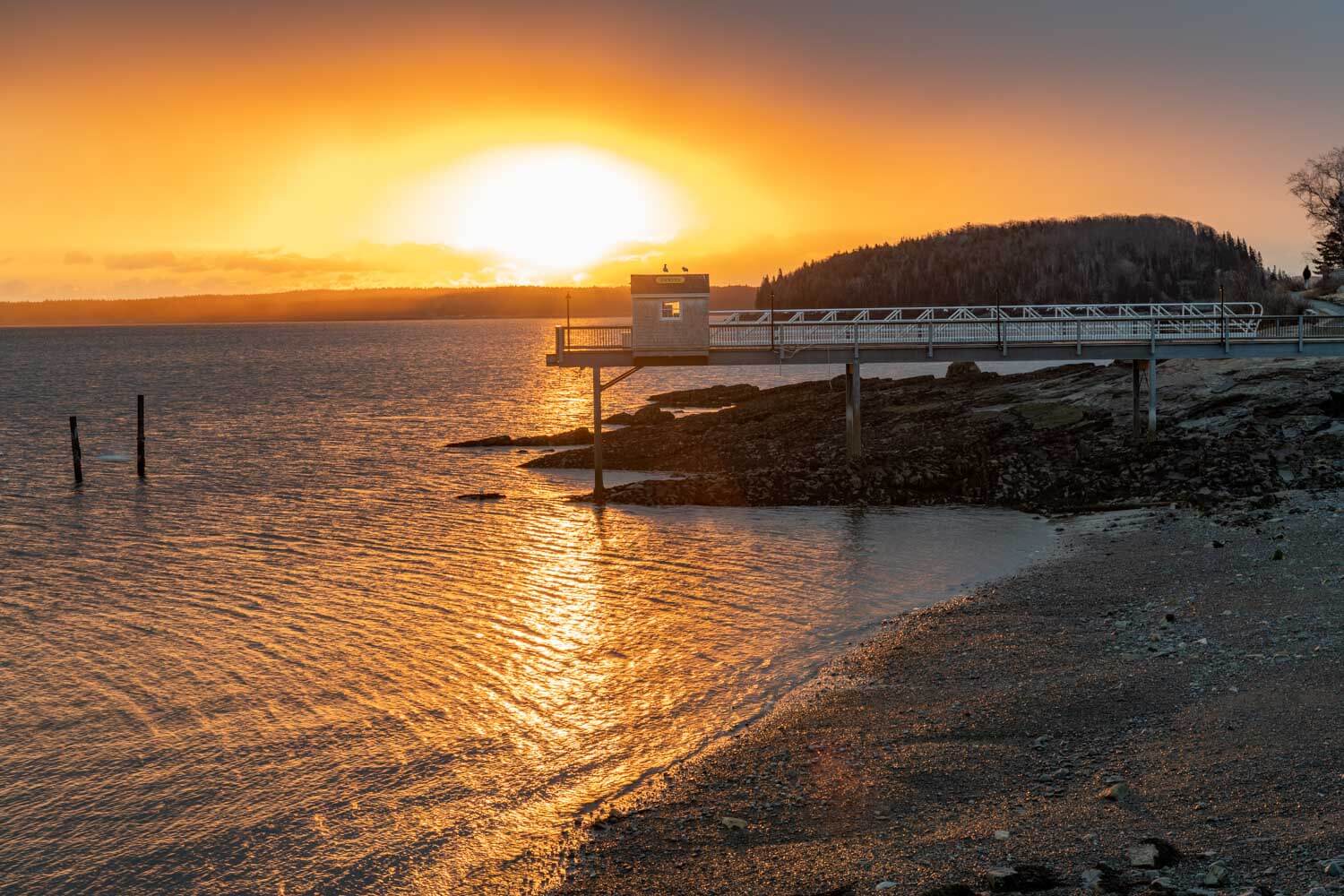
Sunrise at Town Beach in Bar Harbor, Maine on Sunday, March 14, 2021. Photo by Peter Stringer
I scrambled to erect my tripod and frame up a shot, the light transforming throughout. In seconds the dancing sunlight had shifted from pink and purple to a burning ember as I started shooting. Several frames later, the suddenly spectacular sunrise salvaged what was otherwise a disappointing late-night photography foray.
Just like that, the sun lifted over the ocean, and the moment was over. I packed up my camera gear and jumped in the car, driving a few minutes across a quiet Bar Harbor, the slumbering town still several weeks from springing to life. I needed a nap.
A few hours later, snow squalls started in Bar Habor, and I hit the road back to Boston. I’ll definitely need to return to Acadia National Park, not to mention the rest of Maine. The next time, I’ll probably even come back during tourist season. After all, 37 million people can’t be wrong.
This time, it's OK to leave a trace (Review)
There are no reviews yet. Be the first one to write one.
